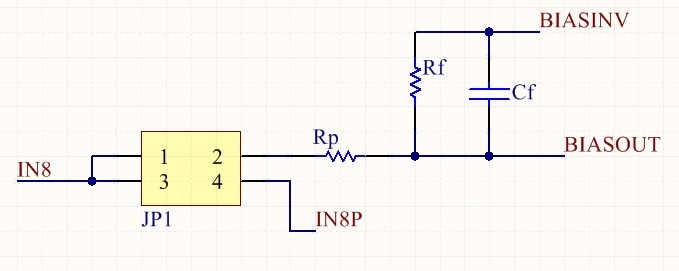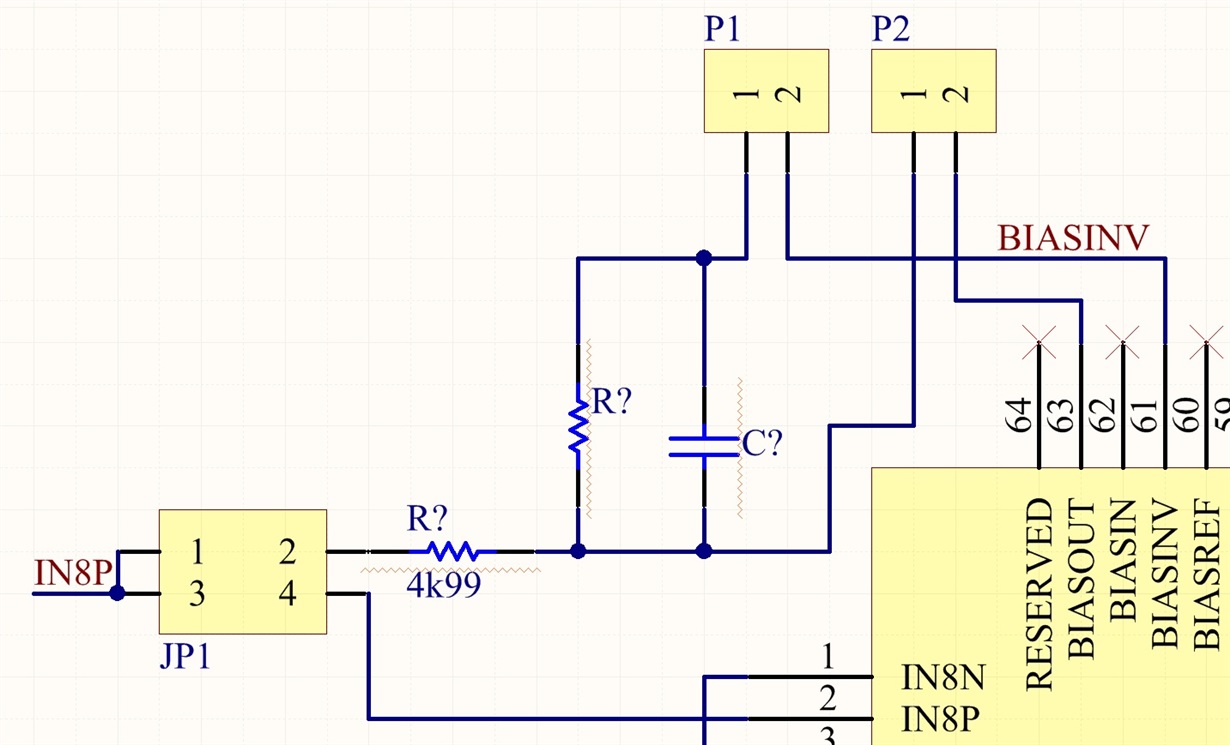Hello,
I am designing a modular EEG. This means that up to 5 separate (but identical) boards with ADS1299 could be used, sharing the SPI interface to master board (no daisy-chain will be used).
I have a problem understanding SRB and BIAS pins in relation to reference. I read quite a lot of answers, but I can't quite make sense of everything.
I would like to have the same reference for all of the boards, but due to possible noise interference I can't route the same electrode signal to all. So this probably means that I would have to use a separate reference for each board? Is computing the average reference of all electrodes a viable solution for this? Also in this case I would probably have only single-ended inputs (I would tie IN- pins to GND)?
Other option (which I do not prefer) would be to use a separate reference electrode for each module. If I understand correctly, I would set one of the IN+ channels as reference and the signal would come out of the SRB2 pin, which I would then connect to SRB1, which is connected to all IN- inputs?
And what is the purpose of BIAS pins and how do I use them en each of the above cases? As far as I understand the BIAS pins output a small voltage that then sets the common reference of "measured person".
Also I'm having problems choosing the right connectors and cables. I saw everything from flat cables to special shielded cables. Which one (cable and type of connector for PCB) would you recommend, keeping the price in mind?
Best regards, Jure



